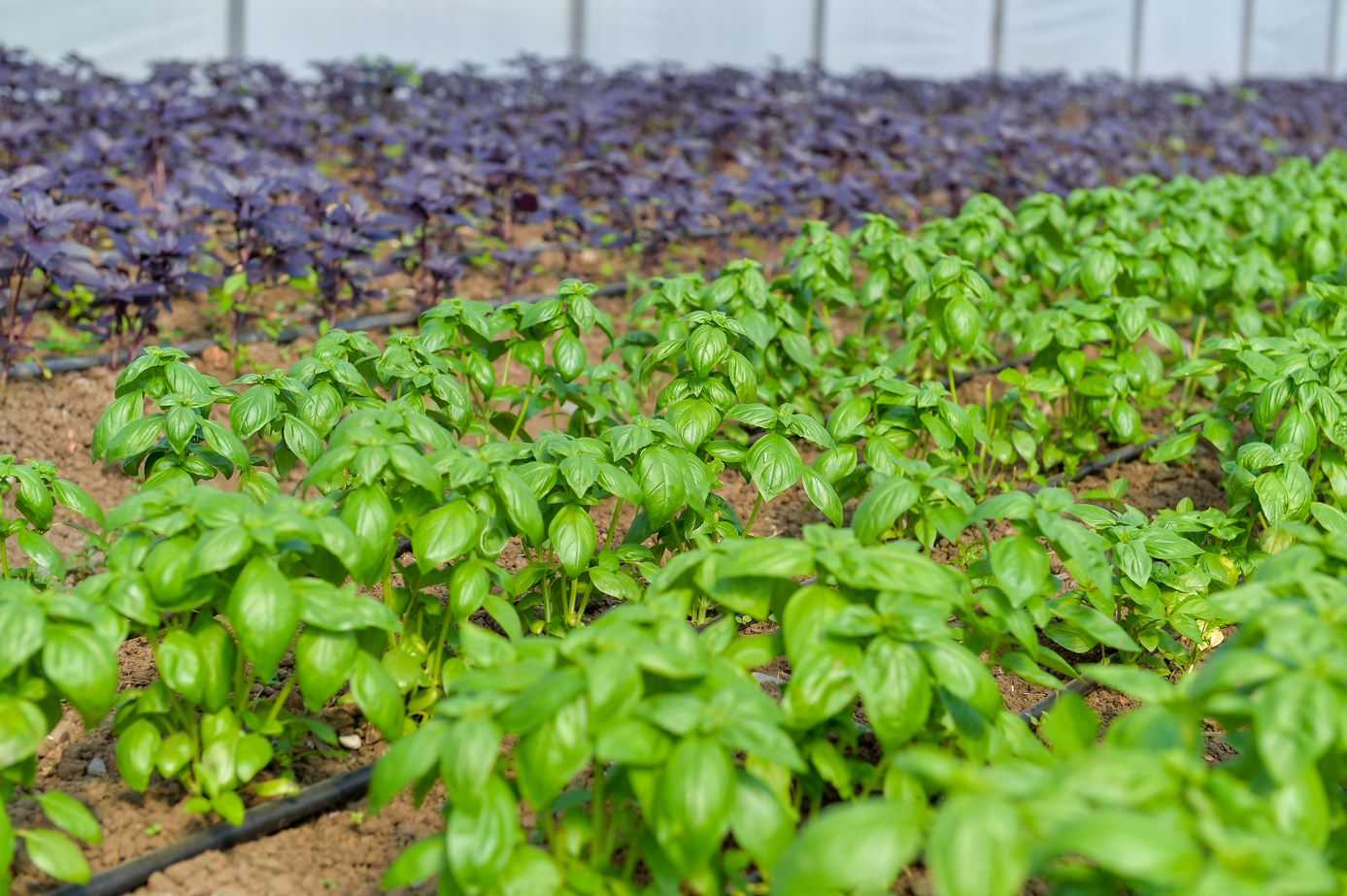Georgian herbs poised to grow into new markets

Kutaisi, Georgia, is home to over 1 000 producers of culinary herbs, and for one day last month it was home to more than 60 industry players who met for an international conference to discuss investment opportunities in the culinary herbs value chain.
Georgia has the ideal climate to produce a great variety of herbs – including dill, mint and parsley – as well as a long-standing growing tradition. Until now, the country’s exports of fresh herbs have been focused on the Russian market, but Georgia has a great opportunity to expand into the global market.
Given that the global market for spices, herbs and seasonings is set to reach USD 16.6 billion and is expected to grow by 5.1 percent between 2017 and 2021, the industry presents a lucrative opportunity for producers and other value chain stakeholders in Georgia.
The international conference was organized by the European Bank for Reconstruction and Development (EBRD) and the Food and Agriculture Organization of the United Nations (FAO), with support from the European Union (EU) in the framework of the EU4Business initiative and in close cooperation with the Ministry of Environment Production and Agriculture of Georgia.
Big ideas mean big investments
Keen to strike while the iron is hot, the Government of Georgia is building on traditional growing methods and modernizing operations. As such, it is developing – as part of a private-public partnership – the Imereti Agro Zone: a special site for advanced intensive agriculture that will help farmers develop production methods and promote and export high-value products to EU markets.
“The planned developments call for significant investments in infrastructure, including modern greenhouses and a cargo terminal at the international airport of Kutaisi,” said Giorgi Chkheidze, Georgia’s deputy minister of Environment Protection and Agriculture.
Georgia’s potential
With the required investment, Georgia will be well placed to increase exports, with demand for fresh herbs and leafy greens increasing at a rate of more than 10 percent per year, according to EU studies.
Yet despite Georgia’s high-quality herbs, low production costs and limited pesticide use, an FAO study has shown that when exporting to the Commonwealth of Independent States, Georgian producers receive only 10 percent of the final price, while their European peers receive 25 to 30 percent – with the rest of the share going mainly to retailers and intermediaries.
Preventing Georgia from taking better advantage of some 500 million consumers in the EU are high transportation costs – which could be remedied by the new airport terminal – and a lack of knowledge of European market demands and requirements and of modern production and processing technologies.
Modernization key to reaching new markets
Victoria Zinchuk, head of agribusiness advisory at the EBRD, thinks that selling high-value products such as culinary herbs – but also nuts, berries and table grapes – could be key to breaching new markets.
“Increased production of high-value crops in Georgia could have a positive impact on farm incomes, export revenues and the modern retail trade,” she said.
The conference featured a practical seminar on modern production techniques and on the marketing of culinary herbs in Georgia. It focused on new and promising crops, cultivation, plant protection, irrigation, fertilization, logistics and the required standards for advanced markets.
FAO expert Gilad Marek noted that to reach new markets, “farmers have to ensure high production standards and obtain Global GAP (good agricultural practices) certification, invest in modern growing technologies, improve discipline and work according to production plans and demand forecasts, and share information and knowledge with each other.”
With investment, modernization and diversification, FAO agricultural economist Andriy Yarmak is bullish on the prospects for Georgia’s herbs.
“I am confident that Georgian fresh culinary herbs could find excellent markets in the EU, the Middle East and possibly even in North America,” he said.
EU-supported EBRD and FAO joint projects are helping farmers to identify opportunities and potential for future investment in the horticultural sector in Georgia, Moldova, Tajikistan and Uzbekistan.

